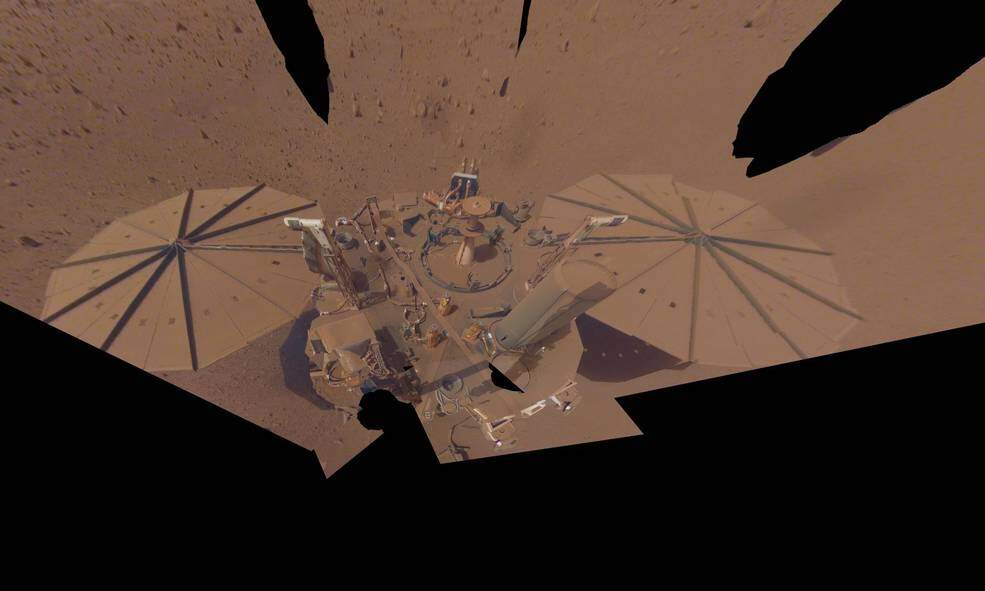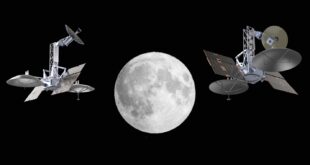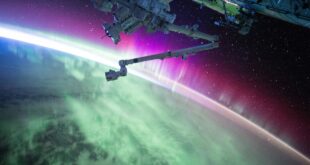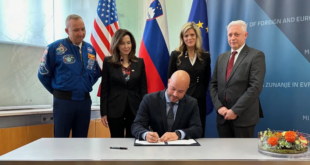
Ibadan, 22 December 2022. – NASA has announced the end of life of its InSight mission after more than four years of collecting unique science on Mars. NASA reached this conclusion after mission controllers at the agency’s Jet Propulsion Laboratory (JPL) in Southern California could not contact the lander after two consecutive attempts. As a result, they concluded the spacecraft’s solar-powered batteries had run out of energy – a state engineers refer to as “dead bus.”
NASA had previously decided to declare the mission over if the lander missed two communication attempts. However, the agency will continue to listen for a signal from the lander, just in case. However, NASA believes that hearing from it at this point is unlikely. The last time InSight communicated with Earth was December 15.
Short for Interior Exploration using Seismic Investigations, Geodesy, and Heat Transport, InSight studied the deep interior of Mars. The lander data has yielded details about Mars’ interior layers, the surprisingly strong remnants beneath the surface of its extinct magnetic dynamo, weather on this part of Mars, and lots of quake activity.
Its highly sensitive seismometer and daily monitoring from the Centre National d’Etudes Spatiales (CNES) and the Marsquake Service managed by ETH Zurich detected 1,319 marsquakes, including quakes caused by meteoroid impacts, the largest of which unearthed boulder-size chunks of ice late last year. Such impacts help scientists determine the age of the planet’s surface, and data from the seismometer provides scientists with a way to study the planet’s crust, mantle, and core.
“With InSight, seismology was the focus of a mission beyond Earth for the first time since the Apollo missions, when astronauts brought seismometers to the Moon,” said Philippe Lognonné of Institut de Physique du Globe de Paris, principal investigator of InSight’s seismometer. “We broke new ground, and our science team can be proud of all we’ve learned along the way.”
InSight is part of NASA’s Discovery Program, managed by the agency’s Marshall Space Flight Center in Huntsville, Alabama. Lockheed Martin Space in Denver built the InSight spacecraft, including its cruise stage and lander, and supports spacecraft operations for the mission.
 SpaceWatch.Global An independent perspective on space
SpaceWatch.Global An independent perspective on space




